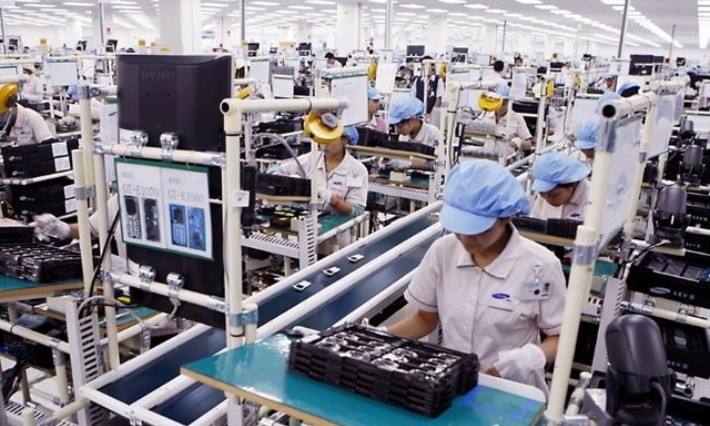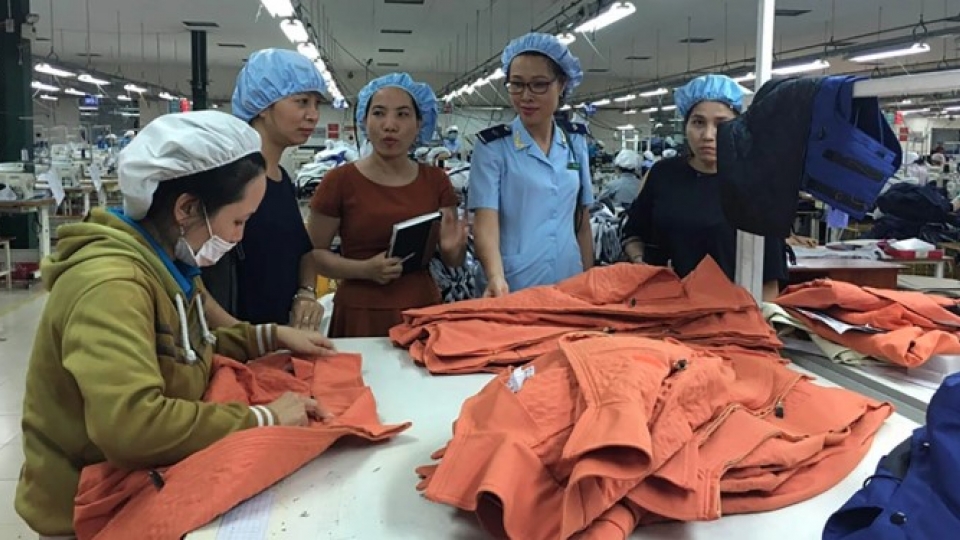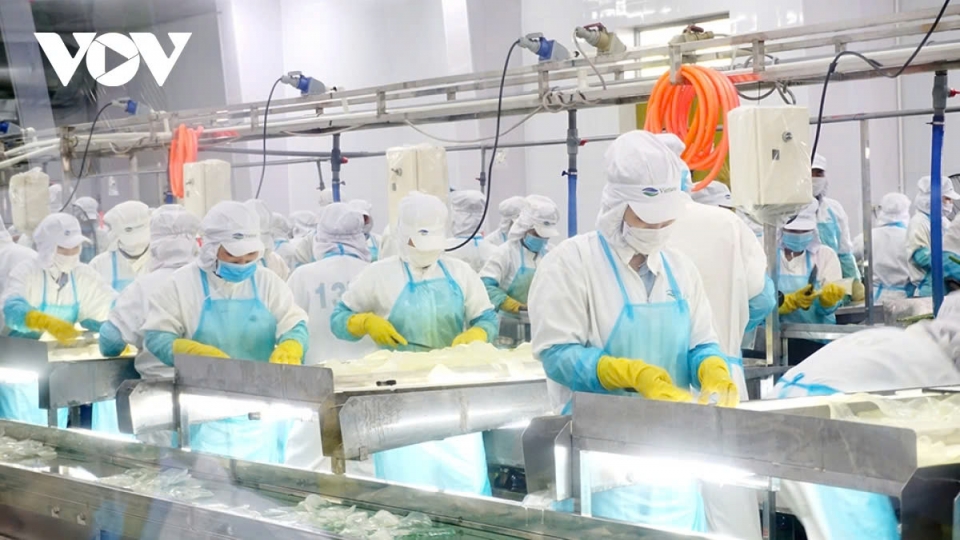Three GDP growth scenarios under new US tariff policy
VOV.VN - The most optimistic scenario envisions a 10% tariff imposed by the US on Vietnamese goods, under which Vietnam’s GDP growth could reach the target range of 7.5–8%.

At a recent seminar on Vietnam’s economic outlook in a shifting global landscape, Dr. Can Van Luc said Vietnam is preparing for three potential GDP growth scenarios in 2025, following the conclusion of tariff negotiations with the US.
In the baseline scenario, which Dr. Luc assessed as having a 60% likelihood, the US would apply reciprocal tariffs of 20–25% on Vietnamese exports. This tariff arrangement would take effect from July 9, 2025, lasting for one year or possibly ending earlier if further negotiations succeed in bringing the rate down.
Under this scenario, export turnover may fall by 1.2–1.5% compared to the normal trajectory, equivalent to a decrease of US$6–7.5 billion. Foreign direct investment (FDI) could drop by 3–5%. Consequently, the consumer price index (CPI) is projected to stay between 4% and 4.5%, while GDP growth for 2025 is estimated at 6.5–7%.
A more favorable scenario, with a 20% chance of materializing, involves the US levying only a 10% tariff on Vietnamese goods, similar to what is applied to 126 other countries. If this outcome is achieved, it would present a considerably brighter outlook.
In this case, both exports and foreign direct investment are expected to remain largely unaffected, allowing GDP growth to meet the planned target of 7.5–8%, with inflation kept under control.
The most adverse scenario assumes the US will maintain the current 46% tariff on Vietnamese exports, effective from July 9. According to Dr. Luc, this would force Vietnam to compete with numerous countries enjoying lower tariff rates, with exports taking the hardest hit, potentially shrinking by 5.5–6% compared to the base scenario, or by US$22–24 billion.
Realized FDI could also drop by 6–8%. As a result, GDP growth for the year would be limited to 5.5–6%, with inflation hovering around 5%.
The sectors likely to suffer the most include computers, electronic components and devices, seafood, and plastic-based products.
If the high reciprocal tariff remains unchanged, the negative impact will likely intensify in 2026 due to the prolonged period of enforcement.




